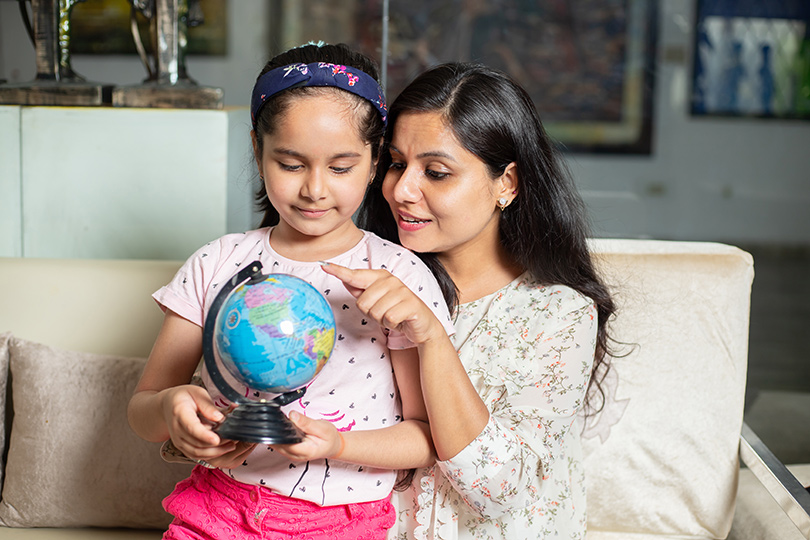Scheuermann’s Kyphosis Care
Our physicians have a way of changing lives for the better.
Only about 4% to 8% of kids in the United States have Scheuermann's kyphosis, but the physicians at Shriners Children's are skilled at transforming the lives of those who do.
The condition, also known as Scheuermann's disease or juvenile kyphosis, makes a teen's back seem rounded so it looks hunched over. This is one of the more severe forms of kyphosis and tends to run in families.
The small bones that make up the spine – the vertebrae – are usually rectangular. They stack like bricks with flexible cartilage in between. When your child has Scheuermann's, the front edge of some of the vertebrae in the upper back grow slower than the back edge. These vertebrae become wedge shaped, so the spine curves, making the back round out.
Care for You and Your Child
A diagnosis of Scheuermann's kyphosis can be stressful for the entire family. Those stressors can include fears about your child's future and insecurity about making the right decisions. Be reassured that if your child is diagnosed with Scheuermann's kyphosis, you'll have a Shriners Children's care team to guide you. Your child’s physicians, physical and occupational therapists, and other care providers understand the concerns of children and parents navigating this journey.
We’ve seen children with Scheuermann's kyphosis successfully progress through childhood, as they become active teens confidently socializing with friends and succeeding in sports.
Specific treatments and services may vary by location. Please contact a specific location for more information.
When she was able to pick up the viola again and hold it with no pain, that was priceless.









